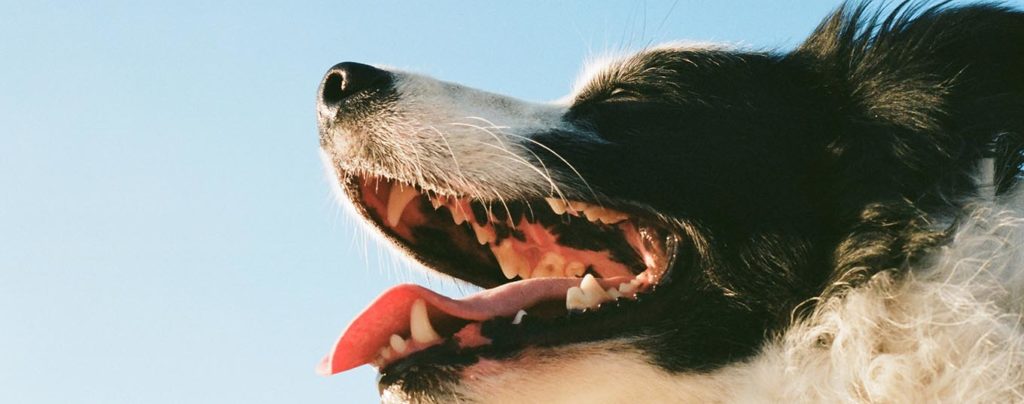The thyroid gland is located in the neck and produces thyroid hormones. Thyroid hormones are involved in almost every aspect of normal metabolism, including maintaining the body’s energy levels. Hypothyroidism is a condition in which the thyroid gland fails to produce sufficient thyroid hormones to support the body’s normal functions.
Hypothyroidism is common in dogs, but rare in cats. It most commonly occurs in middle aged dogs (4-10 years of age) and is more common in medium to large breed dogs but can occur in all breeds.

Signs of Hypothyroidism
Clinical signs of hypothyroidism can be subtle and varied. Sometimes dogs present with lethargy and are less active than they previously were. Weight gain is common and often occurs without an increase in appetite or food intake, many hypothyroid dogs are overweight or obese. Due to a slowing of metabolism, dogs with hypothyroidism often struggle to maintain their body temperature and will seek sources of warmth. Changes to the coat and skin are common. Fur thinning and fur loss over the flanks, abdomen and tail are typical. Dry and flakey skin is another common change. Usually this is not itchy, but itchiness can develop if secondary infection of the skin occurs.
Diagnosis
Hypothyroidism is often suspected based on the history and physical examination of the dog, but blood tests are required to confirm the diagnosis prior to starting treatment. We often recommend general blood tests and then specific thyroid hormone blood tests.
Treatment
Hypothyroidism is treated with thyroid supplementation, usually given twice daily by mouth. The dose requirement varies significantly from dog to dog and therefore the dose may need to be adjusted multiple times before the most suitable dose is found. It is important to look for improvement in symptoms when starting thyroid supplementation, as this can be a useful indicator of the treatment being effective. Blood tests are usually repeated at regular intervals to ensure the treatment is working and the thyroid hormone levels are within the normal range.
Thankfully, once your dog’s thyroid level is correct they will feel well again and enjoy a full life. As long as they are well controlled and closely monitored this disease should not shorten their lifespan or limit them in any way.
Please contact us if you would like to discuss these treatment options further or if you have any questions about hyperthyroidism.
